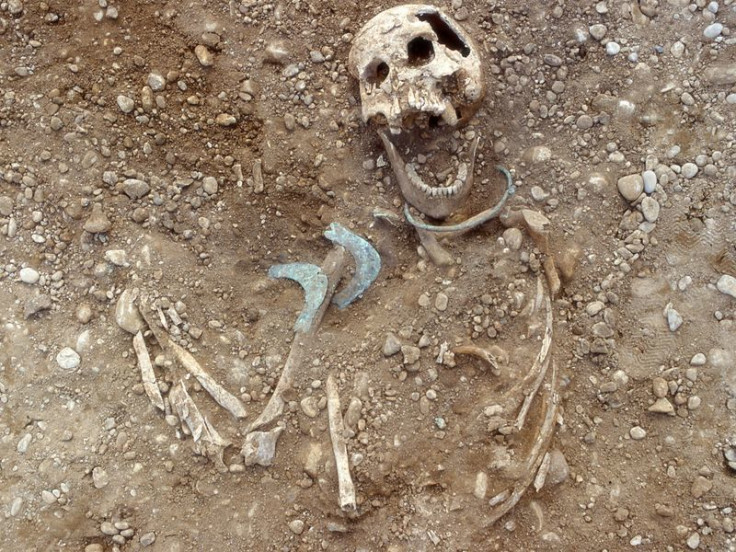Janet Castrejon: Bones Of Woman Missing Since 2015 Found In Cochise County, Arizona

Fragments of bones, believed to be that of a New Mexico woman called Lydia Janet Castrejon, who was missing since 2015, was found in a remote area of Arizona, confirmed Cochise County Sheriff’s Office.
Janet was 44-year-old at the time she went missing. She was 5'3" tall and weighed 250 pounds with long black hair that she wore in a braid. She was wearing a white t-shirt with black prints, blue jeans and a pair of white tennis shoes with red stripes then.
Janet’s disappearance was first informed to the cops by her brother Oscar, who arrived with his wife and two small children to join Janet and their parents in the Rustler Park campground on June 19, 2015, to celebrate Father’s day weekend, according to Reddit.
Janet’s family posted on the Find Janet Facebook Page, “The search is over. May she rest in peace,” they also said, “We will always miss her and carry her memory in our hearts,” ABC News reported.
It was June 19, 2015, when Janet disappeared while on a camping trip with her family in the Chiricahua Mountains in southern Arizona. Her story gained national attention when it got featured as a part of Dateline’s “Missing in America” series.
According to the Cochise County Sheriff’s Office, Janet was last seen outside a campground bathroom in Rustler Park, waiting for her mother. She went missing under mysterious circumstances thereafter. By the time her mother came out of the bathroom, Janet was nowhere to be seen.
The disappearance prompted the search and rescue teams to frisk the area’s trails and camping sites but they ended up disappointed. Janet was far from being found.
This case was put on hold until 2018 when the Sheriff’s office was given a clue about the excavated bone fragments in the area near where Janet had gone missing.
As soon as The Tucson Medical Examiner’s Office confirmed that the bones match with Janet’s DNA, her family was notified by the Cochise County Sheriff’s Office in Sept. 2019. No evidence of foul play was however found.
© Copyright IBTimes 2025. All rights reserved.






















